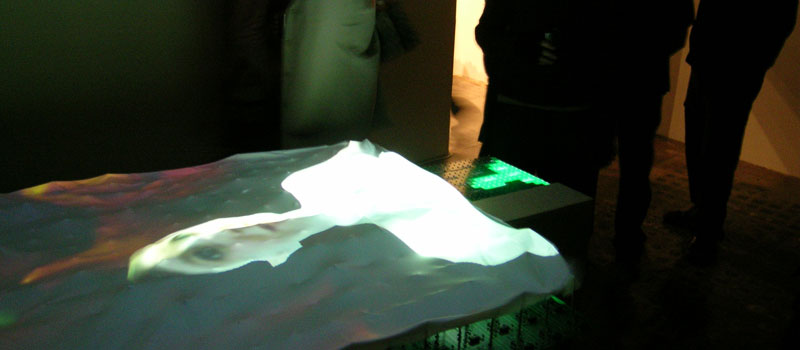Media Design
P1: how does media design function in an era of electronic reproduction?
When I started studying design I wanted to be a good designer. At that time I did not know what it’s like to be a good designer, but it meant becoming a famous designer. Behind this thought, I wanted to make things better like the Philips company slogan for better life. In a TV commercial, every time when I turned on the TV there was good music in the background that “make things better.” That was a powerful message.
I agree with Marshall McLuhan’s proposition that “the medium is the message” in global village. According to him media is a bowl that contains water. In other words, media doesn’t only affect the message in its form and content but it has social and cultural meaning of its own. He also claimed the television will have absolute power. I think this was pretty true in 1990s because when I think about the Philips commercial I mentioned before, if this was a radio commercial it wouldn’t be effective as much as TV.
According to Alvin Toffler information revolution will be the next big thing since the industrial revolution. In other words, TV does not have absolute power like McLuhan predicted. I think the impact of information revolution is true and we are in its transition era. From that, I think as a designer visuality does not have power as much as I used to think. Nothing shocks me anymore. For example, the effect of Flash on the Internet. One or two years ago, when I saw a fantastic flash web site, I visited that web site over and over and thought about how people can make this. It was great. I paid attention to the site in detail. But now I do not pay attention to the look any more; using new Flash techniques do not surprise me. I am more interested in the concept of the web site and its information. Besides that, I think anybody can make a web site look nice because people can copy the look then manipulate it with existing information. I think this is the example of Walter Benjamin’s theory of the decay of aura in electronic reproduction and the opening of a popular web design culture.
I think media design is a message based on cultural experience. For example, in reading the book “The Society of the Spectacle” I did not quite understand what he was trying to say at first. Then, I turned on the TV and saw a commercial “after school program” supported by Arnold Schwarzenegger. It was odd to me that he talked about “after school program” because I used to think he was a movie hero, not a politician. Suddenly I realized he is in simulation. He was a responsible kindergarten teacher in the movie “Kindergarten Cop” before he became a politician. People relate him to school and kids easily according to Guy Debord’s theory: that is, the reality of the movie can overwhelm real reality. Whether Arnold Schwarzenegger knew about this or not this hyper reality gave him an advantage in the commercial. If I hadn’t watched the movie “Kindergarten Cop” I couldn’t get the idea of his being a teacher.
The message I get will differ whether or not I know the Debord’s theory. Basically, a person’s knowledge differs according to their cultural background. From that, the interpretation of receiving a message will be subjective. It’s like Nike’s motto in the 1990s: “problems are universal, solutions are individual.”
